AI Answer Evaluation Platform Live Now. Try Free Answer Evaluation Now

Paranthropus
Paranthropus is a genus of extinct hominins that lived in Africa roughly between 2.7 and 1.0 million years ago.
+91-7303290503, +91-9557169661 | MON to SUN 10:00 AM - 6:00 PM

Paranthropus is a genus of extinct hominins that lived in Africa roughly between 2.7 and 1.0 million years ago.

Lucy’s fossil remains were unearthed on November 24, 1974, in the Hadar region of the Afar

Nicknamed “The Handy Man,” Homo habilis lived in Africa about 2.4 to 1.4 million years ago, bridging the gap between the more ape-like

Human's place in animal kingdom is determined by the biological classification system called taxonomy. Human beings, often considered a unique entity due to our complex intellectual capabilities and cultural systems, belong to the vast and diverse animal kingdom
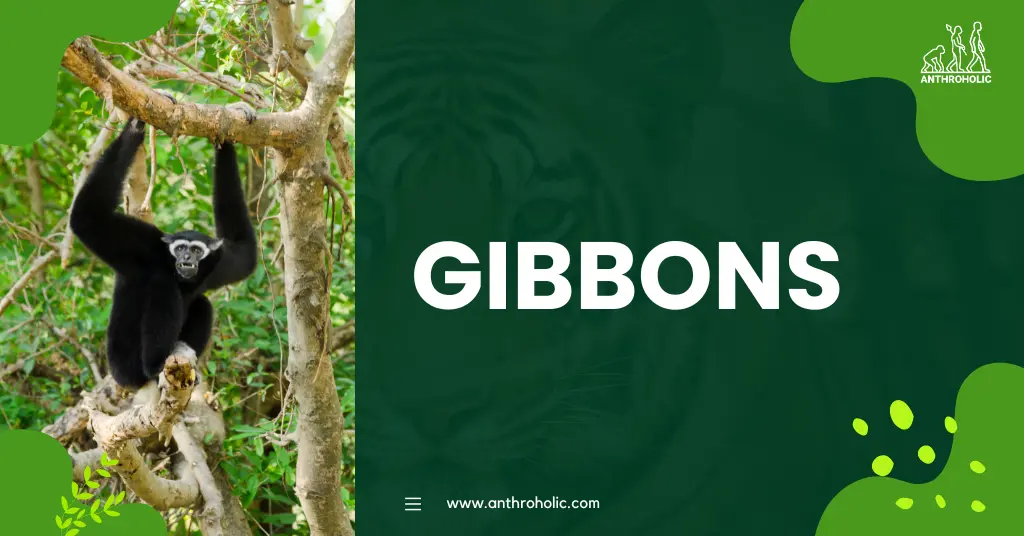
Gibbons, often referred to as "lesser apes", are members of the primate family Hylobatidae. These agile and highly social creatures stand apart from their larger relatives, the great apes, due to their smaller size and unique characteristics.
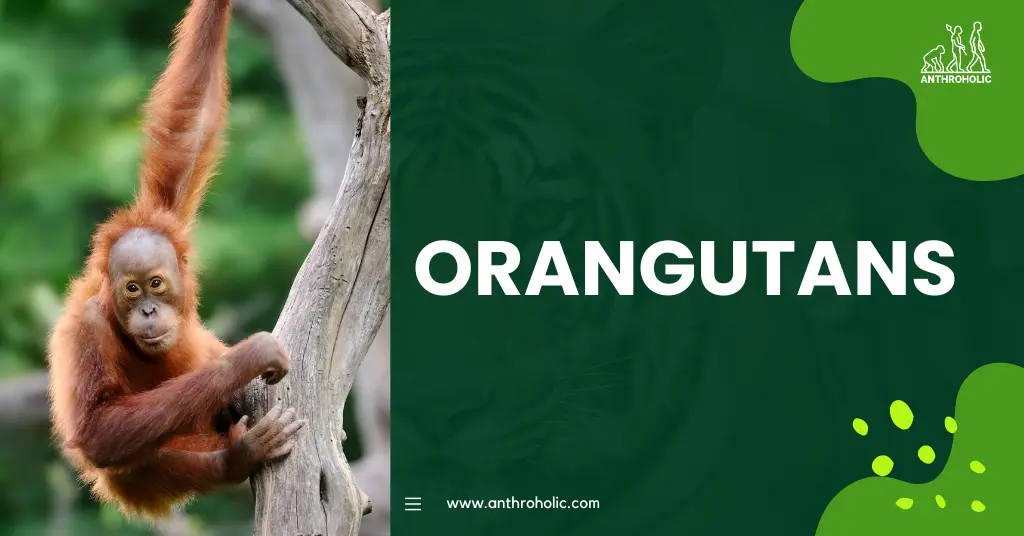
Orangutans, known for their distinctive red fur and intelligent behavior, are among the most fascinating primates on earth. These great apes are primarily found in the rainforests of Borneo and Sumatra, providing a unique perspective into primate behavior and evolution.
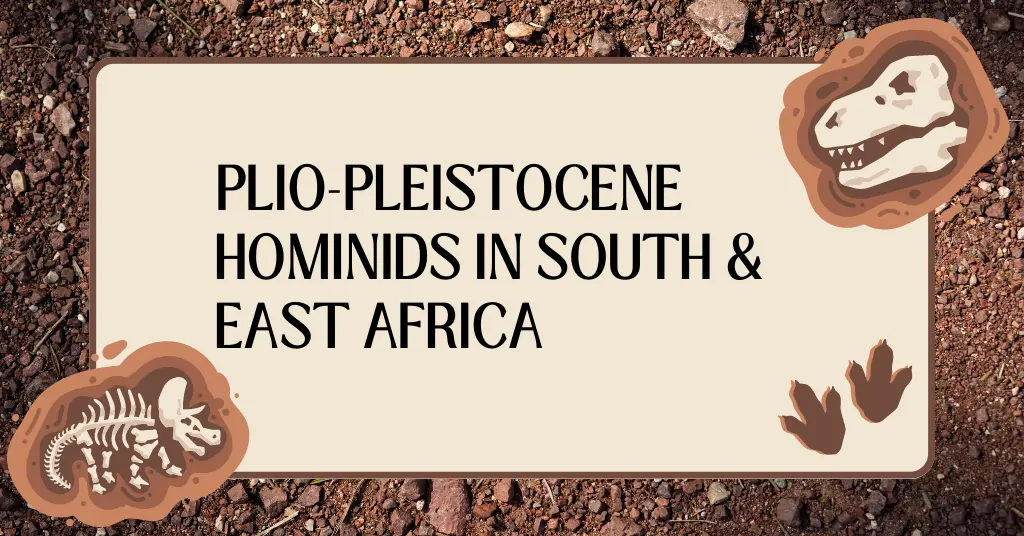
Some of the most iconic Plio-Pleistocene hominids fossils have been discovered in regions such as the Great Rift Valley, Olduvai Gorge, and Sterkfontein.

Formerly classified as anthropoids or anthropoid apes, the New World monkey, Old World monkey, and apes, including humans, made up the taxonomic suborder Anthropoidea. Tarsiers and other members of this group are now included in the suborder Haplorhini.
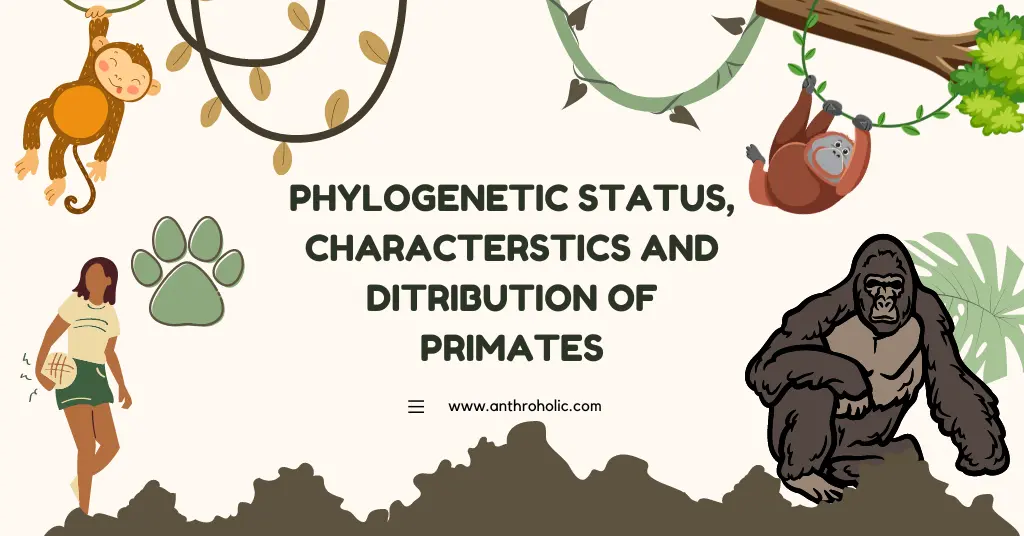
Primates, constituting an essential group of mammals, have piqued scientific curiosity due to their remarkable diversity, unique characteristics, and, particularly, their close genetic ties to humans.
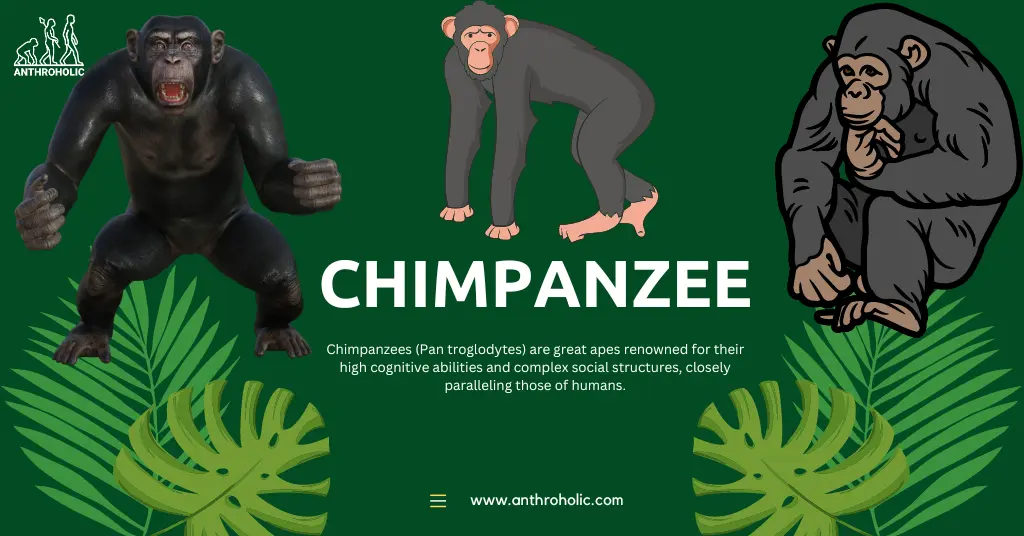
Chimpanzees (Pan troglodytes) are great apes renowned for their high cognitive abilities and complex social structures, closely paralleling those of humans
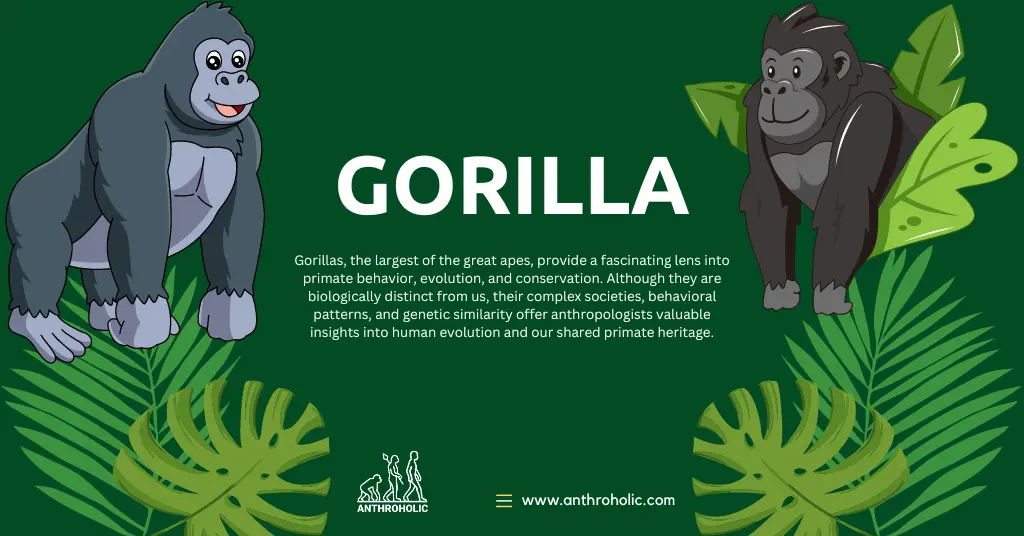
Gorillas, the largest of the great apes, provide a fascinating lens into primate behavior, evolution, and conservation. Although they are biologically distinct from us, their complex societies, behavioral patterns, and genetic similarity offer anthropologists valuable insights into human evolution and our shared primate heritage.

Humans, scientifically known as Homo sapiens, are primates that have a unique position in the natural world, given our cognitive abilities, complex societies, and ability to reshape the environment.